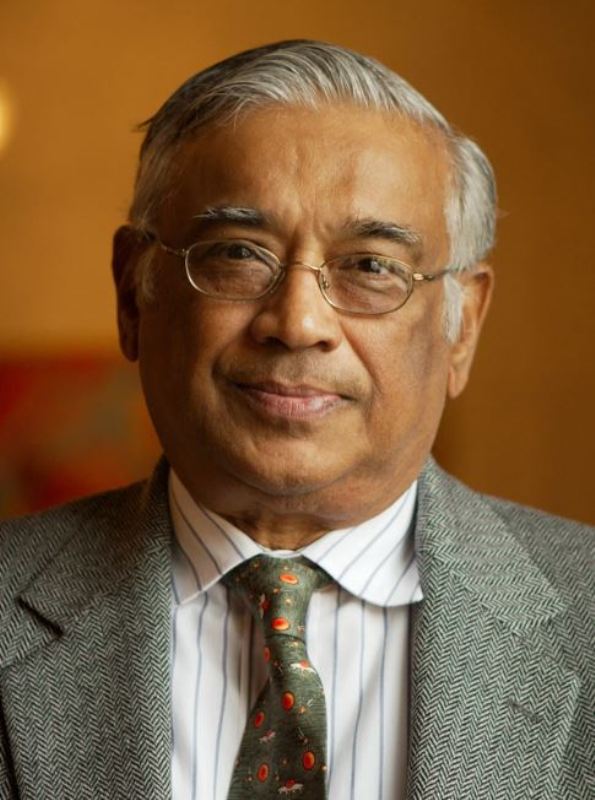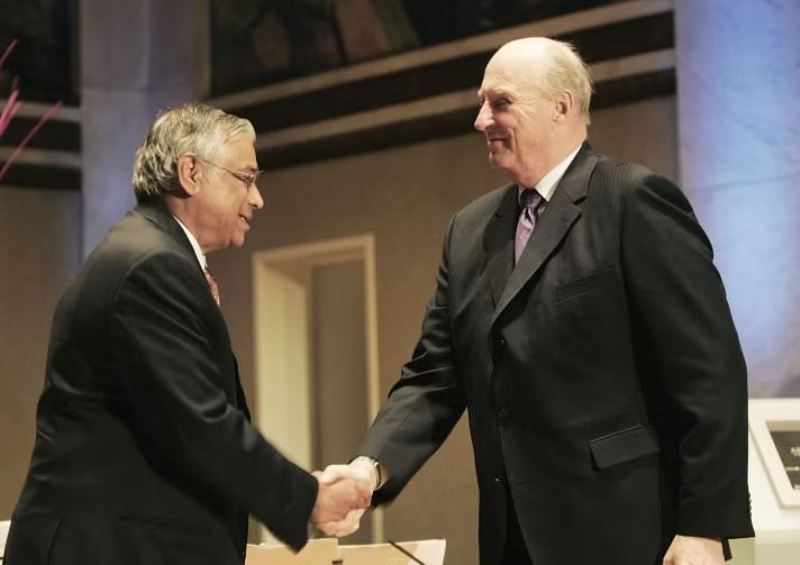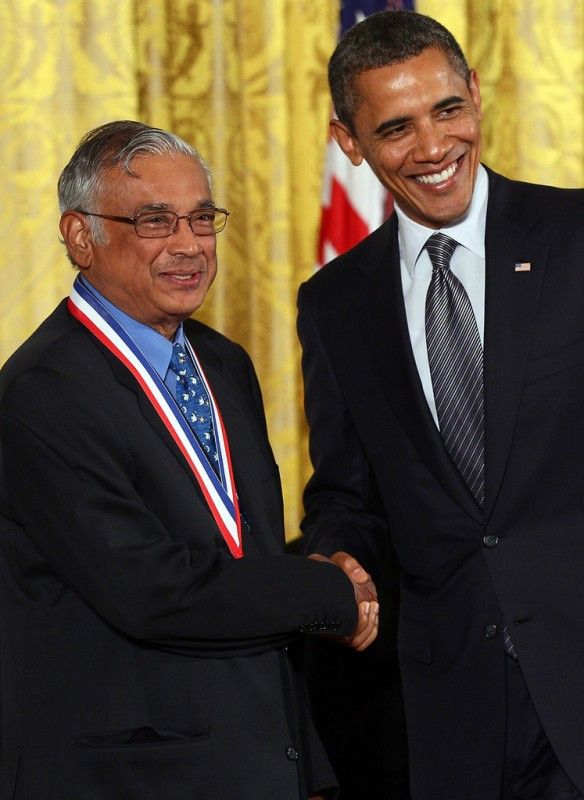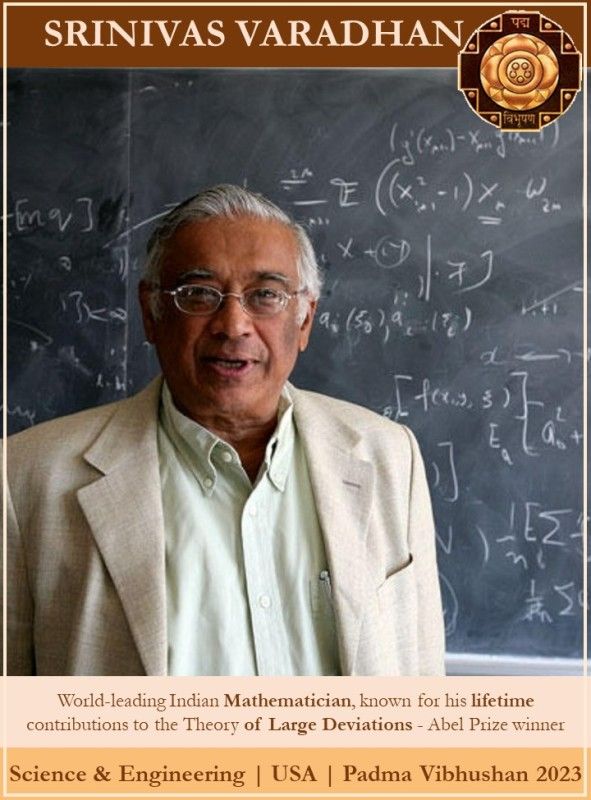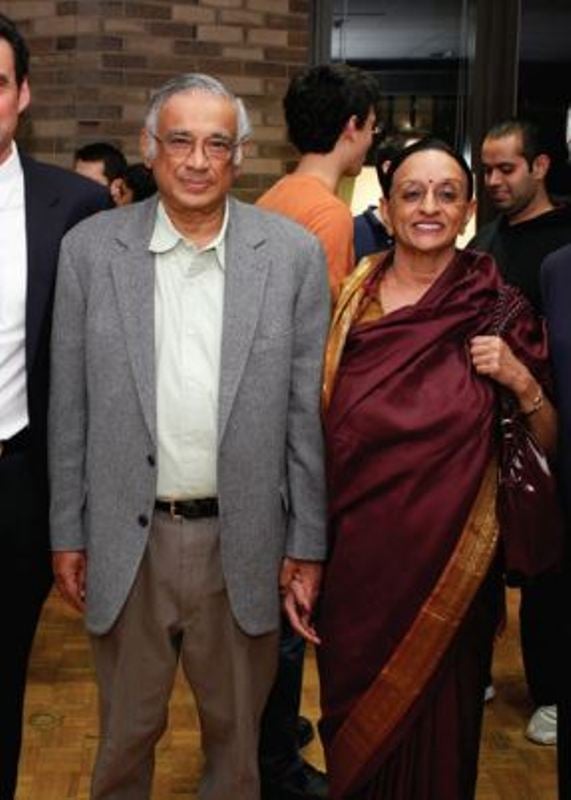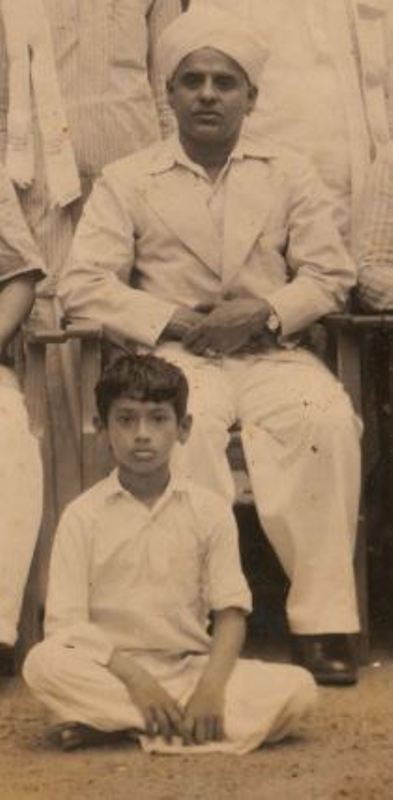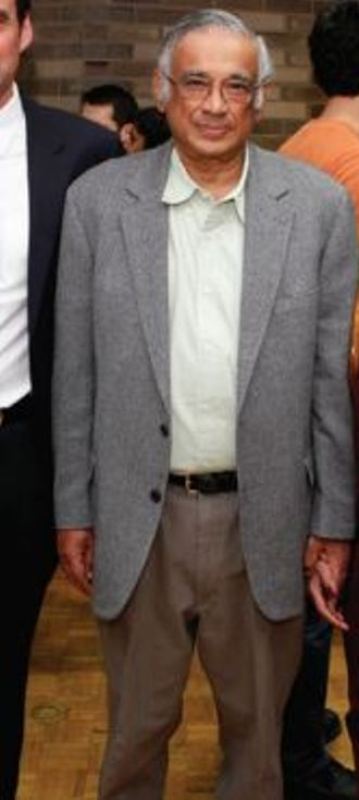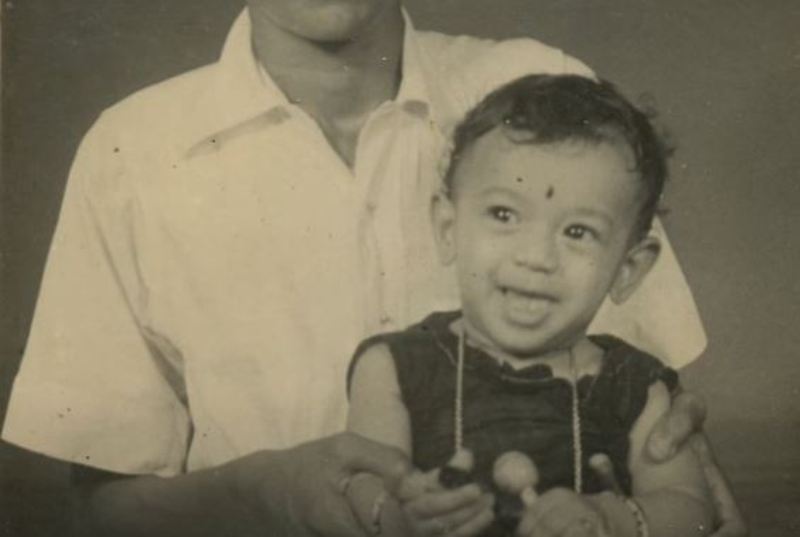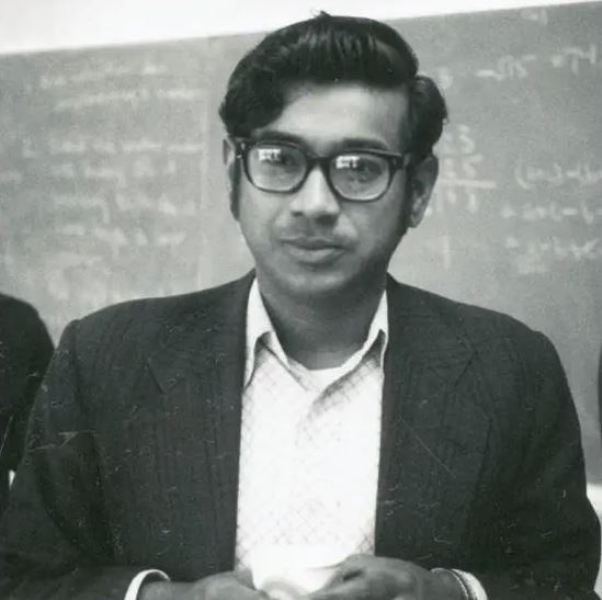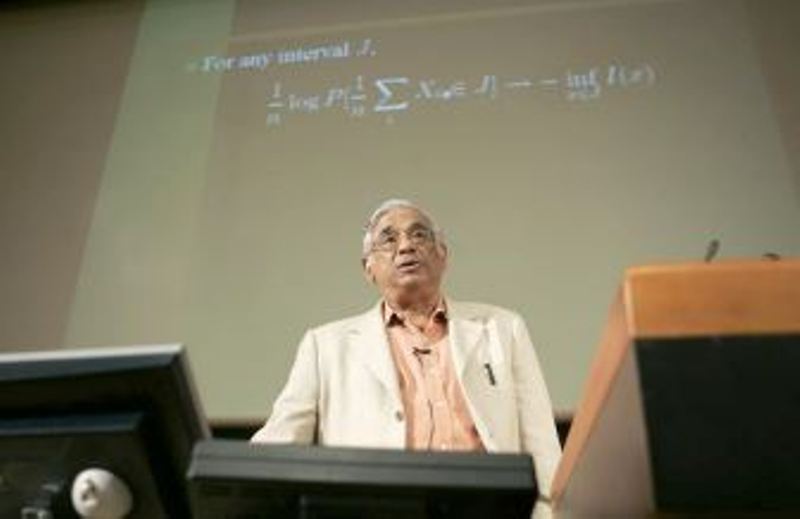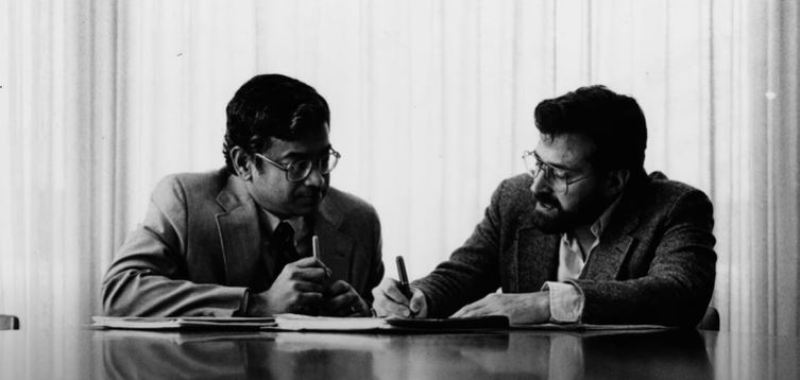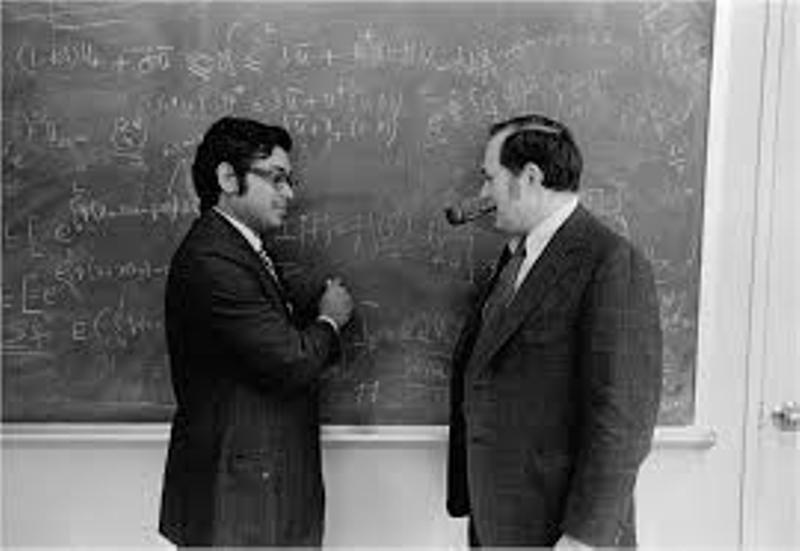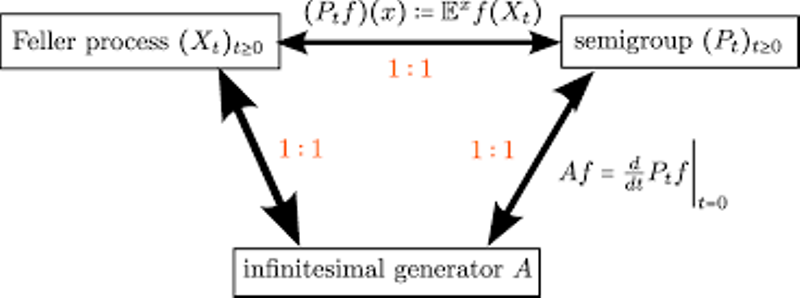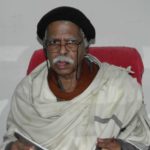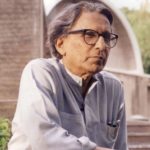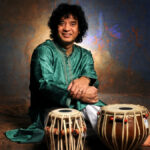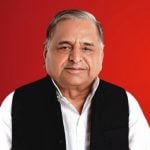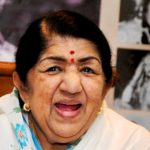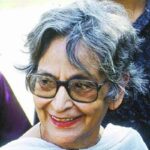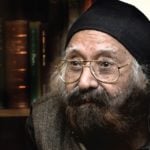S. R. Srinivasa Varadhan (Mathematician) Age, Wife, Family, Biography & More
Quick Info→
Wife: Vasundra Varadhan
Caste: Tamil Brahmin
Age: 85 Years
Some Lesser Known Facts About S. R. Srinivasa Varadhan
- S. R. Srinivasa Varadhan is an American mathematician, widely known for his fundamental contributions and comprehensive research on stochastic procedures to mathematical physics and hydrodynamics. He teaches at the Courant Institute of Mathematical Sciences at New York University as a Frank J. Gould Professor. In 2023, he was conferred with Padma Vibhushan.
- S. R. Srinivasa Varadhan is the 795th most popular mathematician (down from 747th in 2019) and the 12th most popular Indian Mathematician.
- In 1954, he moved to Tambaram, a suburb of Madras, and lived with his father’s brother. There, he studied at a local college for two years before he went to college.
- During his last year at high school, his mathematics teacher invited a small group of students including Vardhan to his house to solve mathematics problems. If it wasn’t for his teacher, Vardhan would have never believed that solving mathematics problems or puzzles could be rather fun for him.
- When he was studying in school, he was taught in the local Tamil language; however, when he transitioned into college, Varadhan faced difficulties in understanding the English language spoken by professors from the United Kingdom in their accents, and a language barrier was thus generated. So, as an outcome of the situation, Varadhan had to study both Tamil and English languages.
- In 1963, he started working at New York University’s Courant Institute of Mathematical Science, where he was at first a postdoctoral fellow till 1966. Varadhan was recommended by Monroe D. Donsker, an American mathematician and professor at New York University (NYU). In 1966, he was promoted to assistant professor at the Courant Institute of Mathematical Sciences following which his position was upgraded to associate professor in 1968. Later, he was designated as a professor.
- From 1980 to 1984, he was appointed as Director of the Courant Institute and then Varadhan took a sabbatical from 1984 to 1985. In 1992, he was re-appointed as the Director of Courant Institute. In 1995, Varadhan became a member of the US National Academy of Sciences. In 2001, he was elected to serve as the President of the Institute of Mathematical Sciences for the session 2002-03. He was elected as a Fellow of the Indian Academy of Sciences in 2004, the Society for Industrial and Applied Mathematics in 2009, and the American Mathematical Society in 2012.
- One of Varadhan’s greatest achievements is the development of a powerful analytic and predictive probability theory, which is capable of describing rare events. His work delivered a new probabilistic model which provides both qualitative and quantitative insights and has become a cornerstone of modern probability theory. His work’s implications cover diverse areas ranging from quantum field theory and statistical mechanics to population dynamics and traffic control, and his work has considerably enhanced computer simulations of rare events.
- Varadhan and Daniel Stroock, an American mathematician, both studied diffusion processes and obtained noteworthy results in population genetics.
- Vradhan worked with George Papanicolaou, an American mathematician, and Maozheng Guo, a Chinese mathematician, to obtain many significant results in hydrodynamics.
- Varadhan’s intensive research with Monroe D. Donske on large deviations is widely recognized.
- Varadhan has made major contributions to the field of Mathematics including Diffusion Equations, Large Deviation Theory, Martingale Problems, and Varadhan’s lemma.
- Varadhan penned research papers on topics including Multidimensional diffusion processes, Large deviations and applications, Central limit theorem for additive functionals of reversible Markov processes and applications to simple exclusions, and Hydrodynamics and large deviation for simple exclusion processes.
- He wrote several books including diffusion problems and partial differential equations (1980), Large deviations and applications (1984), and Probability theory (2001).
- His eldest son, Gopal Varadhan, died at 32 during the 9/11 terror attacks on the World Trade Centre in New York City, United States of America.
- He chaired the Mathematical Sciences jury for the Infosys Prize in 2009 and was the chief guest for the same in 2020.
- In an interview, Varadhan revealed that during his childhood, he aspired to become a doctor; however, he later dropped the plan after he witnessed a patient’s spleen juice coming out during a medical workshop, that he attended.

